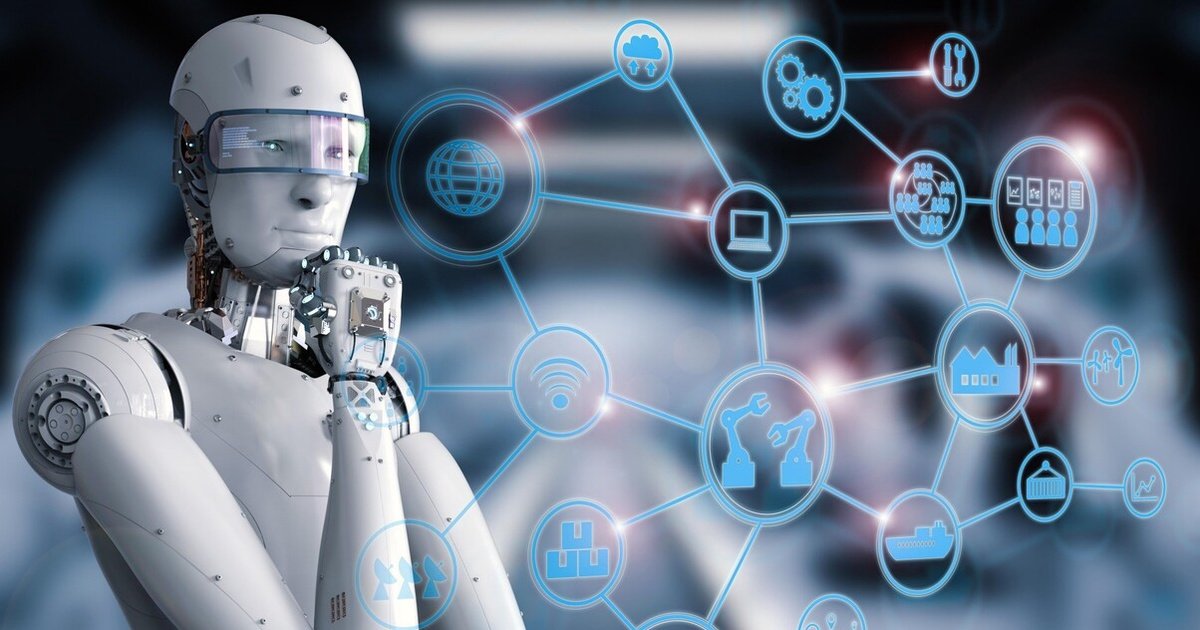The rapid evolution of artificial intelligence (AI) is reshaping industries, and robotics is no exception. As AI continues to advance, the integration of next-generation AI applications into robotics is unlocking unprecedented possibilities. From autonomous systems to human-robot collaboration, the future of robotics is being redefined by intelligent algorithms, machine learning, and cutting-edge technologies. This article explores the transformative role of AI in future robotics and the groundbreaking applications that are set to revolutionize the field.
Enhanced Autonomy and Decision-Making
One of the most significant contributions of AI to robotics is the ability to enhance autonomy. Future robots will no longer rely solely on pre-programmed instructions but will instead use AI to make real-time decisions based on their environment. Advanced machine learning models, such as reinforcement learning and deep learning, enable robots to learn from experience, adapt to new situations, and perform complex tasks with minimal human intervention.
For example, autonomous drones and self-driving vehicles are already leveraging AI to navigate dynamic environments, avoid obstacles, and optimize routes. In the future, this level of autonomy will extend to industrial robots, service robots, and even space exploration rovers, enabling them to operate efficiently in unpredictable conditions.
Human-Robot Collaboration
The next generation of robotics will focus on seamless collaboration between humans and machines. AI-powered collaborative robots, or “cobots,” are designed to work alongside humans in shared workspaces. These robots use natural language processing (NLP) and computer vision to understand human gestures, speech, and intentions, making interactions more intuitive and efficient.
In manufacturing, cobots are already assisting workers with repetitive or hazardous tasks, improving productivity and safety. In healthcare, AI-driven robotic assistants are helping surgeons perform precise procedures and aiding patients with rehabilitation. As AI continues to evolve, the synergy between humans and robots will deepen, creating a future where robots are not just tools but trusted partners.
Personalized Robotics
AI is paving the way for personalized robotics, where robots are tailored to meet individual needs and preferences. By leveraging data analytics and AI algorithms, robots can learn user behavior, adapt to specific requirements, and deliver customized experiences.
For instance, AI-powered home robots can learn a family’s daily routines, adjust lighting and temperature settings, and even anticipate needs like ordering groceries. In education, personalized robotic tutors can adapt their teaching methods to suit a student’s learning style, ensuring better engagement and outcomes. This level of personalization will make robots an integral part of everyday life, enhancing convenience and quality of life.
Swarm Robotics and Collective Intelligence
Swarm robotics, inspired by the behavior of social insects like ants and bees, is an emerging field where multiple robots work together to achieve a common goal. AI plays a crucial role in enabling these robots to communicate, coordinate, and self-organize without centralized control.
Applications of swarm robotics range from disaster response, where robots can search for survivors in hazardous environments, to agriculture, where robotic swarms can monitor crops and optimize resource usage. By harnessing collective intelligence, these systems can tackle complex tasks that would be impossible for a single robot to accomplish.
Emotionally Intelligent Robots
The integration of AI with affective computing is giving rise to emotionally intelligent robots capable of recognizing, interpreting, and responding to human emotions. These robots use advanced sensors, facial recognition, and voice analysis to detect emotional cues and adjust their behavior accordingly.
In customer service, emotionally intelligent robots can provide empathetic support, improving user satisfaction. In healthcare, they can offer companionship to the elderly or individuals with mental health challenges. As AI continues to advance, emotionally intelligent robots will play a vital role in bridging the gap between technology and human emotions.
AI-Driven Predictive Maintenance
In industrial settings, AI is revolutionizing robotics through predictive maintenance. By analyzing data from sensors and historical performance, AI algorithms can predict when a robot or machine is likely to fail and schedule maintenance before a breakdown occurs. This not only reduces downtime but also extends the lifespan of robotic systems.
Predictive maintenance is particularly valuable in industries like manufacturing, energy, and logistics, where equipment failure can lead to significant losses. As AI models become more sophisticated, the accuracy of these predictions will improve, making robotics more reliable and cost-effective.
Ethical and Explainable AI in Robotics
As AI becomes more deeply embedded in robotics, addressing ethical concerns and ensuring transparency will be critical. Next-generation robotics will prioritize explainable AI (XAI), where the decision-making processes of robots are understandable to humans. This is especially important in high-stakes applications like healthcare, autonomous vehicles, and defense.
Ethical AI frameworks will also guide the development of robots, ensuring they operate in ways that align with human values and societal norms. By fostering trust and accountability, these advancements will pave the way for the widespread adoption of AI-driven robotics.
Conclusion
The fusion of AI and robotics is ushering in a new era of innovation, where intelligent machines are transforming industries and redefining human-machine interactions. From enhanced autonomy and human-robot collaboration to personalized experiences and swarm intelligence, the next generation of AI applications in robotics holds immense potential.
As we look to the future, it is essential to address challenges related to ethics, safety, and transparency to ensure that these technologies benefit society as a whole. By embracing the possibilities of AI-driven robotics, we can create a future where robots are not just tools but intelligent partners that enhance our lives in meaningful ways. The journey has just begun, and the possibilities are limitless.
